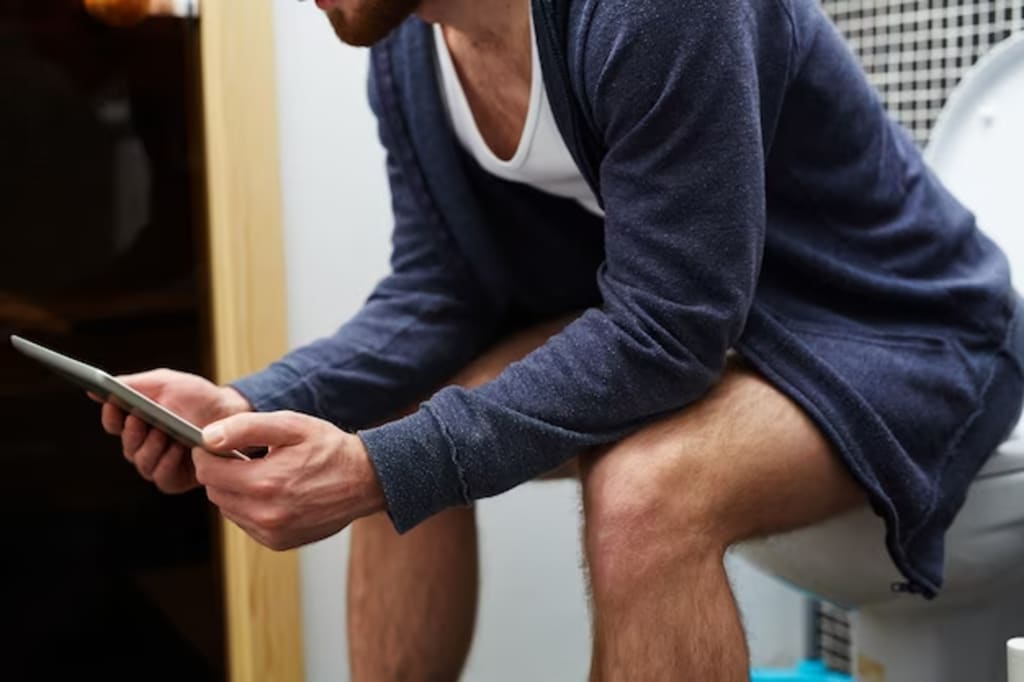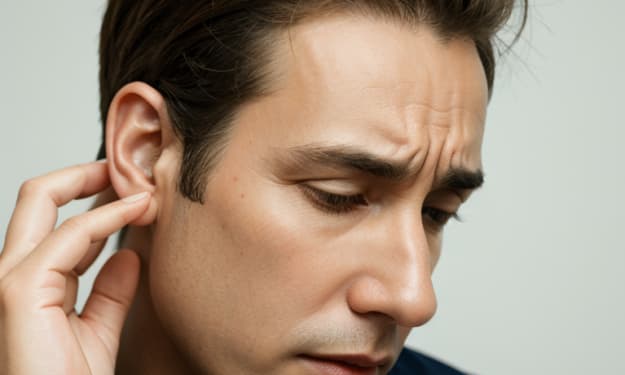Prolonged Toilet Sitting And Hemorrhoids
Understanding the Risks and Embracing Healthy Bathroom Habits

Hemorrhoids, a common medical condition affecting millions of people worldwide, can be quite uncomfortable and distressing.
They are swollen and inflamed blood vessels in the rectal area that can cause pain, itching, and discomfort.
While there are various causes for hemorrhoids, one often overlooked factor is the habit of sitting too long on the toilet seat.
In this essay, we will explore the relationship between prolonged toilet seat sitting and the development of hemorrhoids, as well as suggest preventive measures to avoid this painful condition.
Hemorrhoids, also known as piles, can be internal or external. Internal hemorrhoids develop inside the rectum, while external ones appear outside the anus.
Both types can be triggered by excessive pressure and straining in the pelvic region.
One of the primary reasons for such pressure is sitting for extended periods on the toilet seat.
Many people tend to linger on the toilet while reading, using their phones, or simply taking their time to relax, unaware of the potential harm this practice can cause.
When we sit on the toilet, the angle between the rectum and the anus changes, leading to partial closure of the anal canal. This position creates resistance to bowel movement and can result in straining to pass stools.
Straining increases the pressure on the blood vessels around the anus, which can lead to their swelling and inflammation, causing hemorrhoids to develop. Over time, this repetitive strain can weaken the veins in the rectal area, making them more susceptible to becoming hemorrhoids.
Furthermore, sitting for prolonged periods on the toilet can disrupt normal blood flow in the pelvic region. The reduced circulation can cause blood to pool in the anal area, contributing to the development of hemorrhoids.
In addition, sitting on a hard surface for too long can also lead to discomfort and irritation, exacerbating the condition.
Preventing hemorrhoids requires a comprehensive approach, and one crucial aspect is avoiding prolonged sitting on the toilet seat. To reduce the risk of developing hemorrhoids, it is essential to adopt healthy bathroom habits.
First and foremost, try to establish a regular schedule for bowel movements, which can help prevent the need to strain excessively. A consistent routine helps train the body to evacuate the bowels more efficiently, reducing the time spent on the toilet.
Adequate fluid intake and a fiber-rich diet are also essential for maintaining healthy bowel movements. Fiber adds bulk to the stool, making it easier to pass, while staying hydrated helps prevent constipation.
By avoiding constipation and promoting regular bowel movements, the need for extended toilet seat sitting decreases significantly.
In addition to dietary changes, engaging in physical activity can also aid in preventing hemorrhoids. Regular exercise improves blood circulation, which helps reduce the risk of blood pooling in the anal area.
Physical activity can also help regulate bowel movements, preventing constipation and the need for prolonged toilet seat sitting.
Moreover, it is essential to be mindful of our posture while sitting on the toilet. Avoid sitting at odd angles or leaning excessively forward, as this can increase pressure on the anal area. Instead, sit upright and use a footstool or squatty potty to elevate your feet slightly. This position aligns the rectum properly and promotes easier bowel movements, reducing the need for straining.
If, despite taking preventive measures, hemorrhoids do develop, there are several treatment options available. Over-the-counter creams and ointments can provide relief from pain and itching. Sitz baths, where the affected area is soaked in warm water, can also help reduce discomfort and inflammation.
In severe cases, medical intervention may be required to treat hemorrhoids, such as rubber band ligation, sclerotherapy, or surgical removal.
Additionally, if you experience persistent or severe hemorrhoid symptoms, it's essential to consult a healthcare professional for a proper diagnosis and personalized treatment plan. Sometimes, underlying medical conditions or risk factors can contribute to the development of hemorrhoids, and addressing them may be necessary to find lasting relief.
In conclusion, sitting too long on the toilet seat can indeed cause hemorrhoids. The prolonged pressure and straining in the pelvic region while sitting on the toilet can lead to swollen and inflamed blood vessels in the rectal area.
Preventing hemorrhoids involves adopting healthy bathroom habits, such as maintaining a regular bowel movement schedule, eating a fiber-rich diet, staying hydrated, engaging in regular physical activity, and practicing proper posture while on the toilet. By being mindful of our toilet habits and taking necessary precautions, we can reduce the risk of developing hemorrhoids and enjoy better overall digestive health.
Remember, it's essential to listen to our bodies and take care of them to lead a comfortable and pain-free life.





Comments
There are no comments for this story
Be the first to respond and start the conversation.